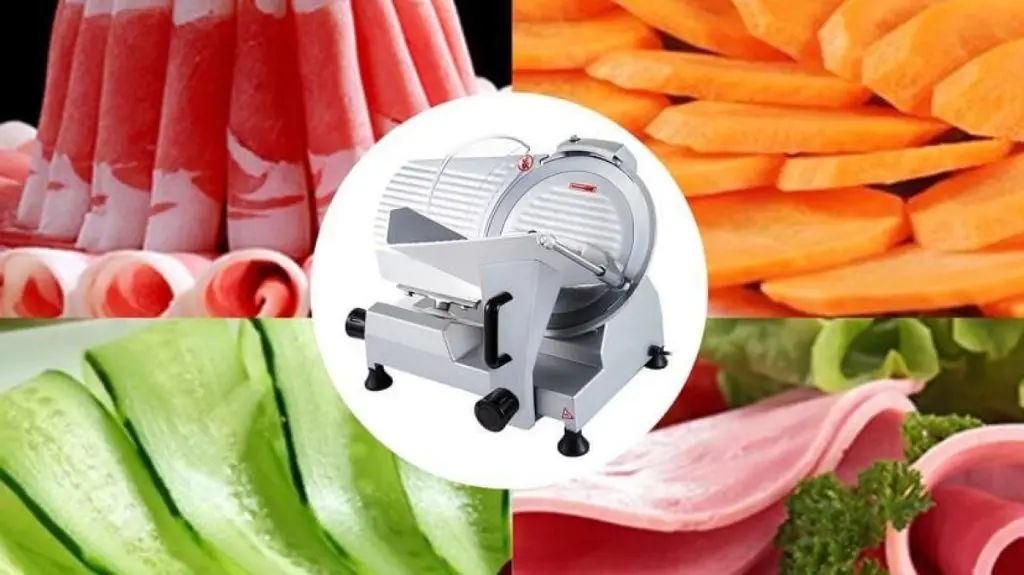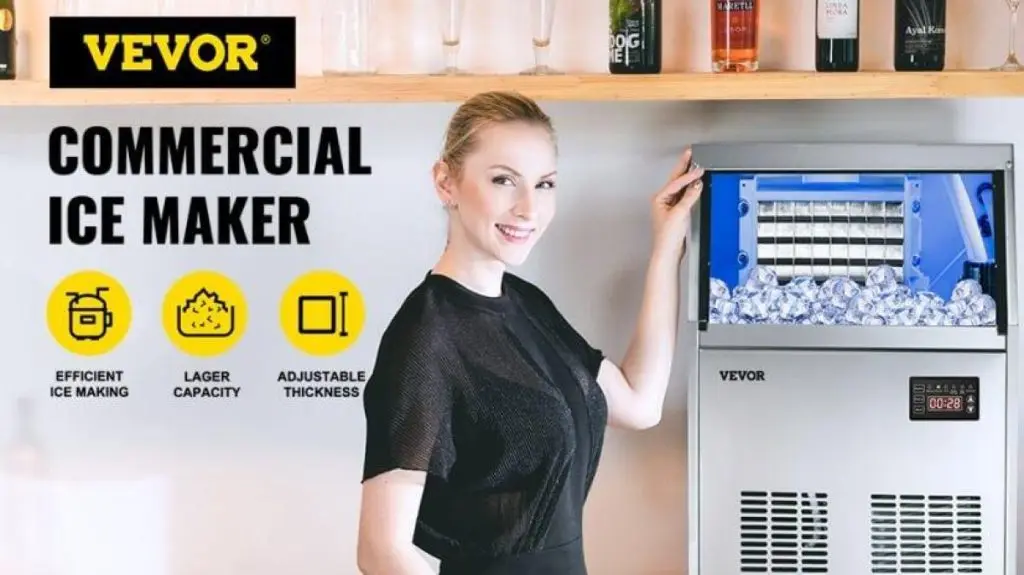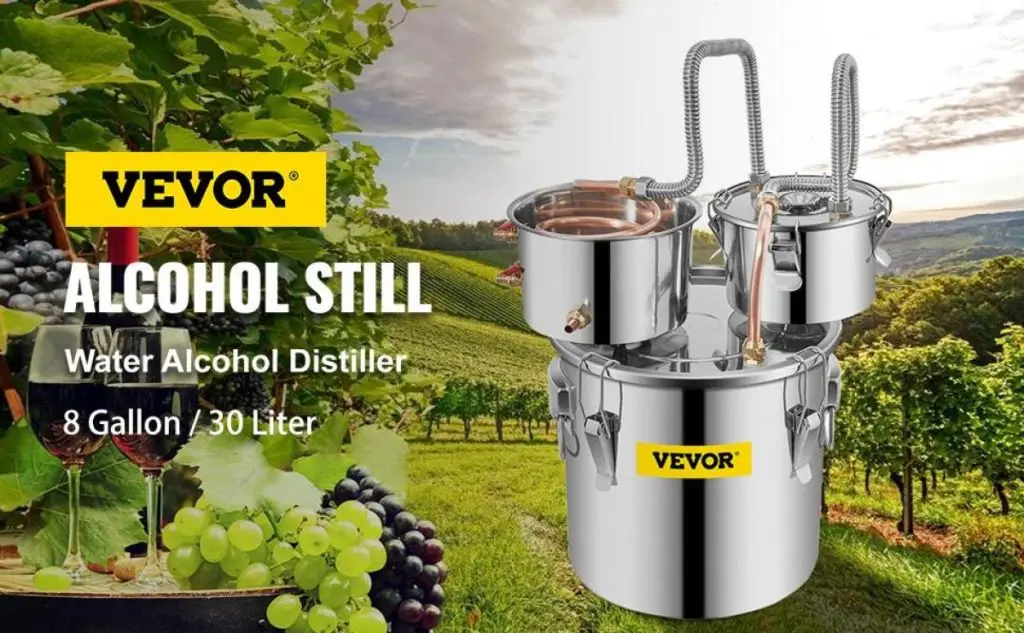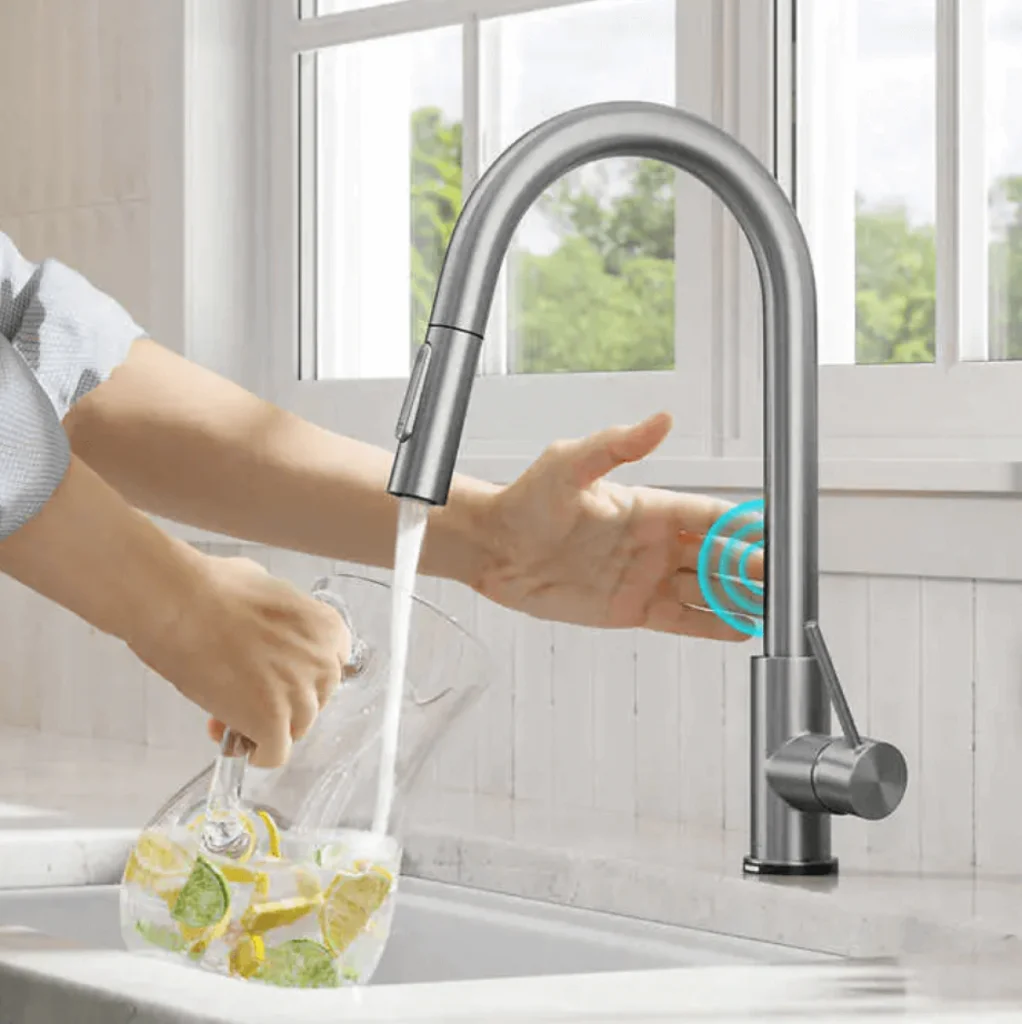You bring home a bunch of garden-fresh tomatoes and want them to remain crisp for some time. To keep vegetables fresh for a long time, they are vacuum sealed. But can you vacuum seal tomatoes? Yes, vacuum sealing is your friend here. It’s like hitting the pause button on spoilage and flavor loss. By sucking out the air, you create an environment where freshness sticks around longer. Once sealed, tomatoes can actually stay crisp for months if done right.
In this detailed article, we will walk you through the steps from prepping to sealing those red beauties, whether it’s using bags or jars.
So, let’s make your kitchen more efficient with this savvy storage method that could save you money and reduce waste.
Table of contents
- Can You Vacuum Seal Tomatoes?
- How Long Will Vacuum Sealed Tomatoes Last?—the Fridge vs the Freezer Debate
- How to Vacuum Seal Tomatoes? Step-by-Step Guide
- Insightful Tips for Vacuum Sealing Tomatoes
- VEVOR Vacuum Sealer, 80Kpa—A Vacuum Sealer for Effective Preservation
- FAQs About Vacuum Sealing Tomatoes
- Conclusion
Can You Vacuum Seal Tomatoes?
Although we know the answer to this is in the affirmative, we will now take a closer look at vacuum-sealing tomatoes to keep them fresh for a long time. Vacuum sealing tomatoes is not only possible, but it’s a game-changer for preserving that fresh garden taste well beyond the typical shelf life. Imagine biting into the succulent flavor of summer in the dead of winter—that’s what vacuum sealing offers.
But how do we vacuum seal tomatoes, and what is the process of achieving farm freshness long after they have reached their shelf-life? It is achieved by sucking out the air and creating an airtight seal that keeps the tomatoes from spoiling. The reason vacuum sealing slows down spoilage significantly is because it reduces oxidation and limits bacterial growth—your fruits won’t age before their time.
The benefits are clear: less waste, more taste, and you won’t have to worry about tossing out those forgotten vegetables that have spoiled overnight. When sealed properly, your fresh veggies and fruits can enjoy an extended staycation in your pantry or freezer without losing their charm—or nutrients, for that matter.
How Long Will Vacuum Sealed Tomatoes Last?—the Fridge vs the Freezer Debate
In terms of longevity, refrigerated vacuum-sealed tomatoes can last up to two weeks—a stark contrast to their unsealed counterparts that are spoiled after five days maximum. Freezing them, however, opens up a whole new world; we’re talking months here. With proper storage conditions (think frost-free zones), they could potentially stay fresh until the next tomato season rolls around.
Tempting as it may be to start vacuum sealing tomatoes and then freezing them right away—hold on. There’s another process involved here, which is called blanching. You also have to choose between pre-freezing or diving straight into sealing—that will impact both texture and flavor preservation when thawed later on.
How to Vacuum Seal Tomatoes? Step-by-Step Guide
Before we start vacuum sealing tomatoes straight away, we need to understand that it is a process. You cannot simply put tomatoes in sealing bags and freeze them. For vacuum sealing, you would need to prep your tomatoes before you put them in a bag.
So, to help you out here, we have put together a step-by-step guide about vacuum sealing tomatoes for freezing.
Preparing Your Tomatoes
First things first, you need to prep your tomatoes before you vacuum seal them. Thus, the key to locking in flavor starts with washing your tomatoes thoroughly. Next up, cut off any extra stems or leaves attached to these tomatoes so you don’t have to worry about accidentally biting on a tough stem.
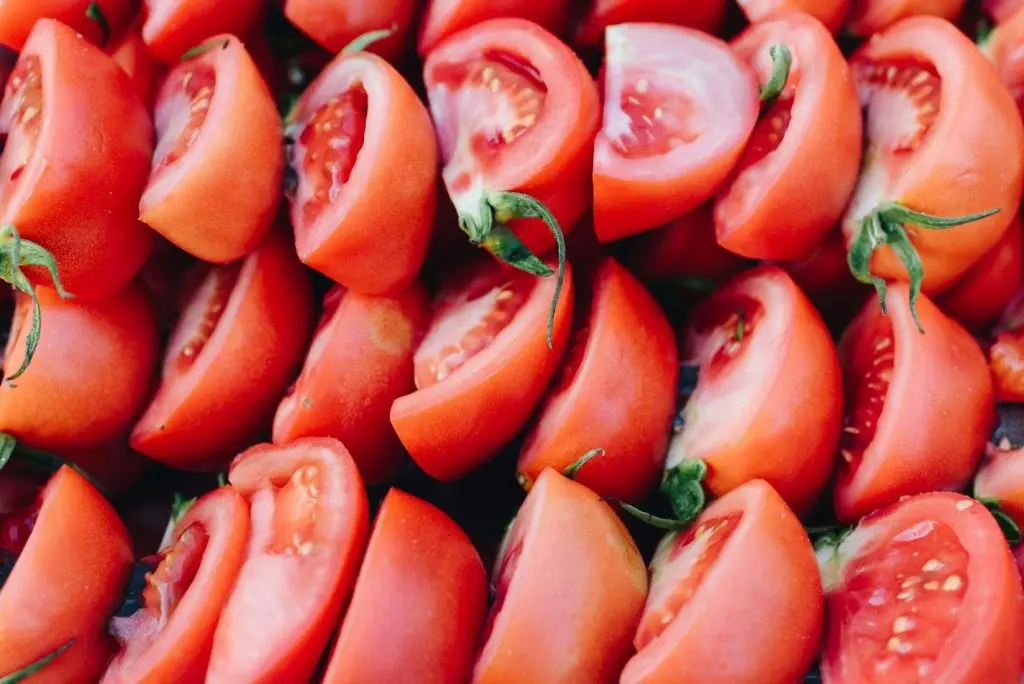
Blanching the Tomatoes
To blanch or not to blanch—that is often the question. Here’s why you should consider it: Blanching stops enzymes in their tracks, which can lead to spoilage and loss of flavor. So, drop those tomatoes into boiling water for about 30 seconds until the skins show signs of splitting, then quickly move them over to ice-cold water. This process also makes peeling tomatoes easier.
A Freeze Before the Squeeze
Lay out your peeled tomatoes on a baking sheet, making sure none are touching, and pop them in the freezer until solid. Why freeze first? Freezing tomatoes helps maintain shape and texture once vacuum sealed. If you don’t freeze your tomatoes, they will lose their shape and form when sealed together.
Vacuum Sealing: Air Out of There
This step is the most crucial one when it comes to perfectly vacuum seal tomatoes. To start off, place chilled tomatoes into vacuum sealer bags or jars. Next, leave ample space at the top if using jars; remember, pressure needs to go somewhere. Once sealed tight by either method chosen (bags vs jars), you’ve extended shelf life significantly while preserving taste.
Recommended For Your Project
Insightful Tips for Vacuum Sealing Tomatoes
Saving those ripe, garden-fresh tomatoes just got easier with vacuum sealing, but there’s a trick to keeping them tasting as good as they look. First off, think of your tomatoes like little ticking time bombs in terms of freshness—once picked from the vine, the countdown begins.
The first pro tip is choosing the right contenders for sealing. Thus, opt for firm and blemish-free tomatoes; these will withstand the vacuum pressure better than the ones that are softer. If you’re dealing with juicier varieties or ones that are slightly overripe, consider making a puree or sauce before sealing—that way, you capture all that flavor without worrying about squishing them and losing their form and shape.
Vacuum sealer bags are typically your go-to here because they provide a snug fit and sturdy barrier against freezer burn when stashed away in sub-zero conditions. But don’t disregard jars if you’ve got them—they can be an excellent choice for people who need to control their portion size. Remember, though: whether it’s bags or jars, leaving headspace at the top is key since liquids expand when frozen.
VEVOR Vacuum Sealer, 80Kpa—A Vacuum Sealer for Effective Preservation
Imagine you could keep your farm-fresh tomatoes as crisp as the day they are picked. That’s what you get with a VEVOR vacuum sealer. It locks in freshness, flavor, and nutrients with ease and comfort.
A VEVOR vacuum sealer is more than just an accessory; it’s your secret weapon against food waste and mediocre meals. By creating an airless environment, it halts oxidation in its tracks. This means that juicy tomatoes from your backyard can retain their sun-ripened taste long after summer has ended.
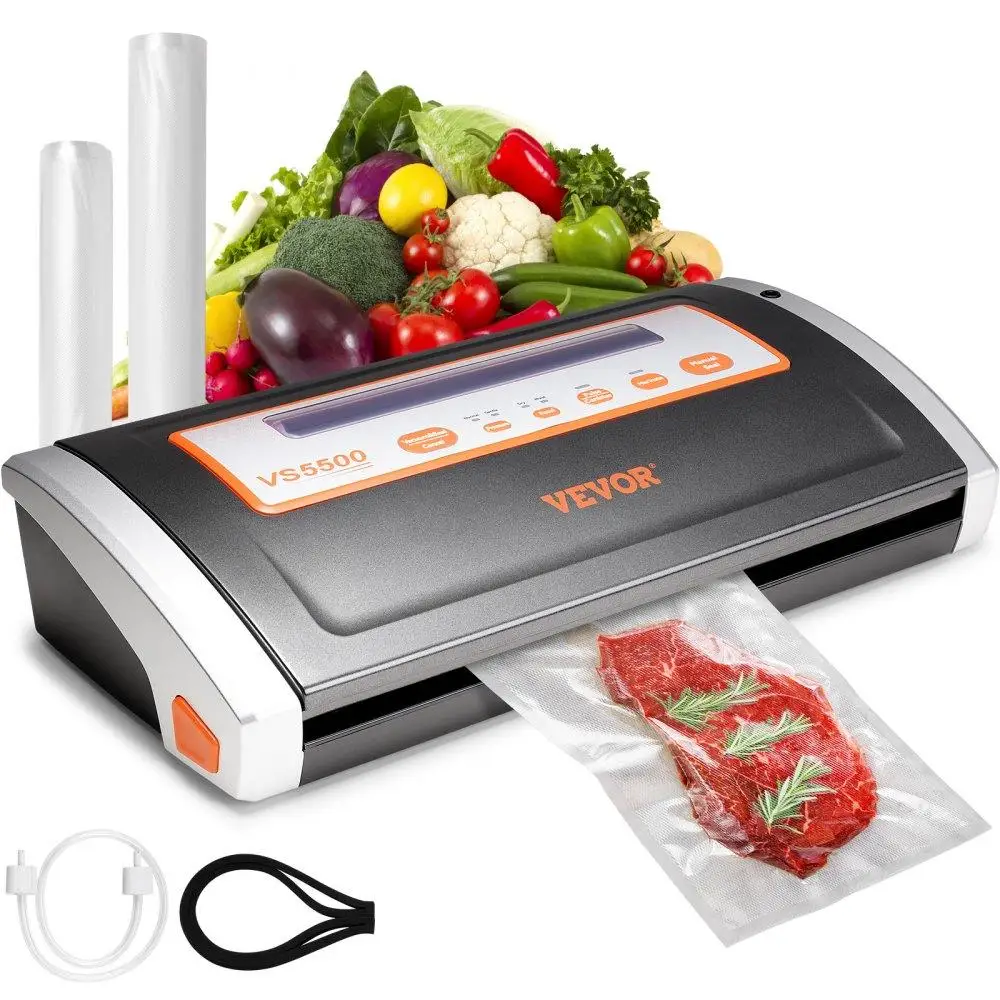
This VEVOR vacuum sealer comes with a 60 Kpa suction pump that ensures airtight packaging. This sealer can be used to seal moist as well as dry foods. It also comes with an inbuilt bag roll storage and a cutter so you can effortlessly organize your food and make a stash of your favorite foods in the freezer.
The beauty of using a sturdy machine like VEVOR lies not only in its efficiency but also in versatility. Whether you’re sealing tomatoes for sauces or soups, this gadget adapts to both bags and jars.
FAQs About Vacuum Sealing Tomatoes
Now that you know the answer to the query, can you vacuum seal tomatoes? It is time to answer some other frequently asked questions. From blanching techniques to freezing tomatoes, we have covered all kinds of pressing questions.
1. How do you vacuum seal tomatoes without blanching?
If you don’t want to vacuum seal tomatoes after blanching, you need not worry. All you need to do is wash them up nice and clean, pat them down to dry off any excessive moisture, slice or keep them whole, and then pack them tight into vacuum sealer bags.
2. Is it better to freeze tomatoes whole or chopped?
The answer to this question depends on personal preference. If you don’t want to go slicing and dicing tomatoes or if you’re short on time, you can freeze tomatoes whole. But if space-saving is what you are after, chop them up before freezing for easier storage solutions later on when making sauces or stews.
3. Can I freeze fresh tomatoes without vacuum sealing?
Yes, you can. But that may not be a very wise thing to do because of freezer burns. Vegetables and fruits that are frozen without sealing are more prone to getting freezer burns.
4. Can I vacuum seal tomatoes in a jar?
Absolutely. If plastic bags aren’t really your style or sustainability is key for you, grab some jars and use the jar attachment. It is another effective and age-old way to keep tomatoes and other vegetables fresh for longer.
Conclusion
So, can you vacuum seal tomatoes? Absolutely. It not only extends their life from days to months, and it’s a game-changer for your kitchen routine.
Remember the key steps to sealing farm fresh tomatoes: prep those tomatoes well, blanch if needed, and choose between freezing before or after sealing. Whether in bags or jars, sealing keeps out spoilage.
Locking away flavors means savoring summer freshness even when the season of the particular vegetable has ended. Sealing foods is all about keeping waste down while keeping tastes up. Get into the world of vacuum sealing with confidence now that you know how valuable it can be. Those ripe and juicy tomatoes are waiting!


